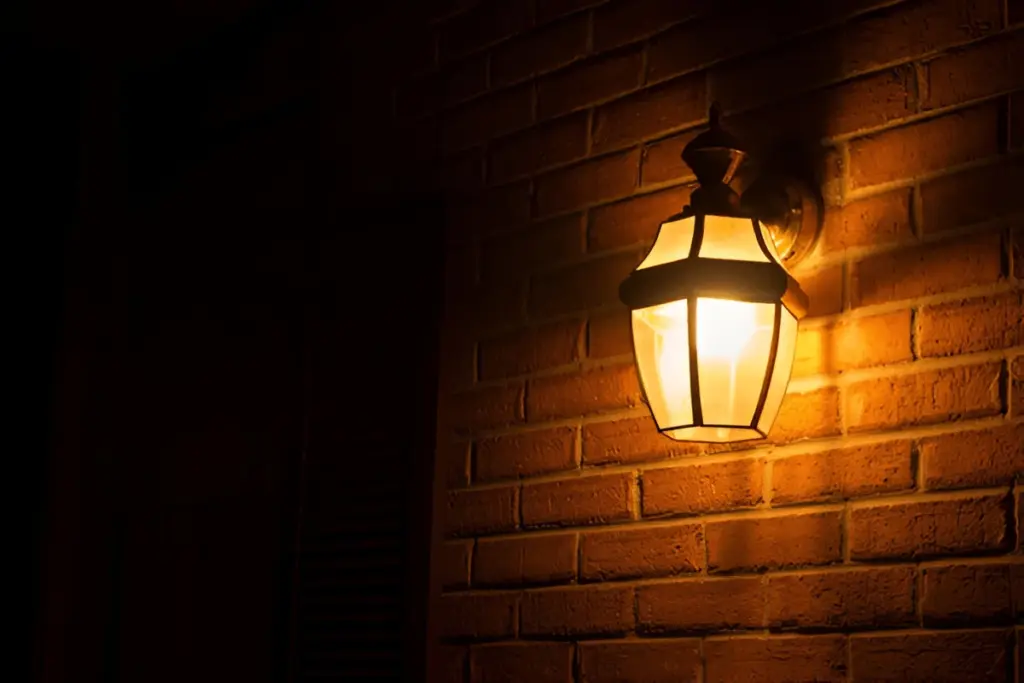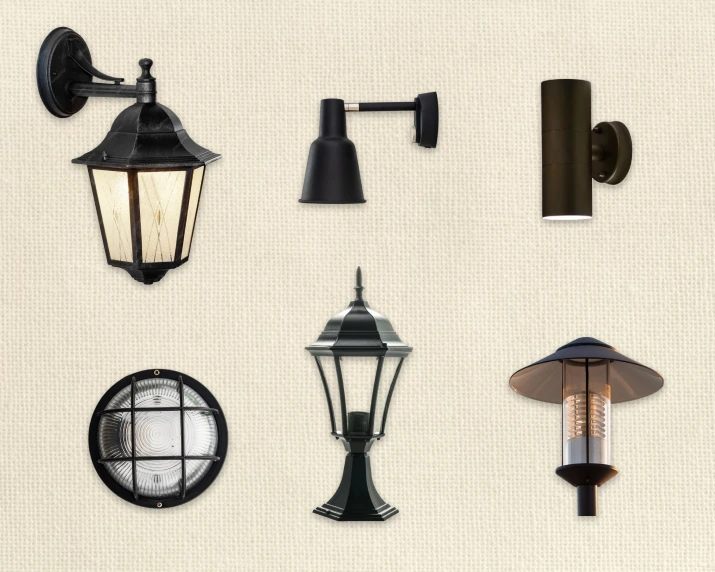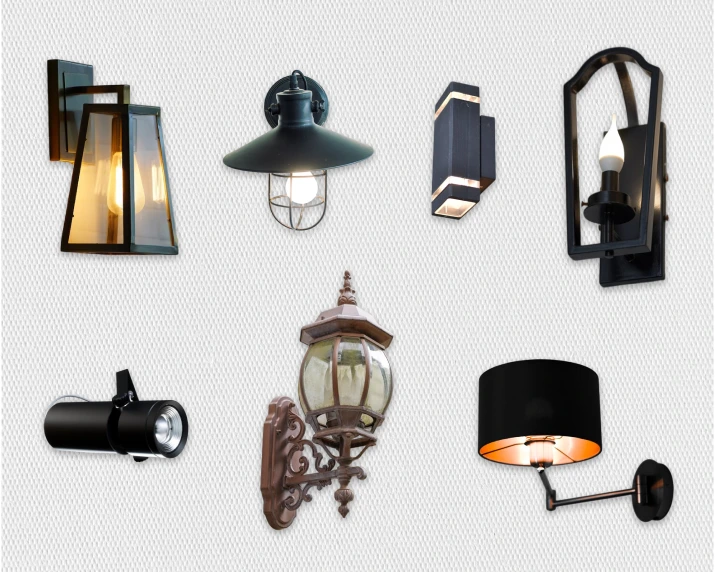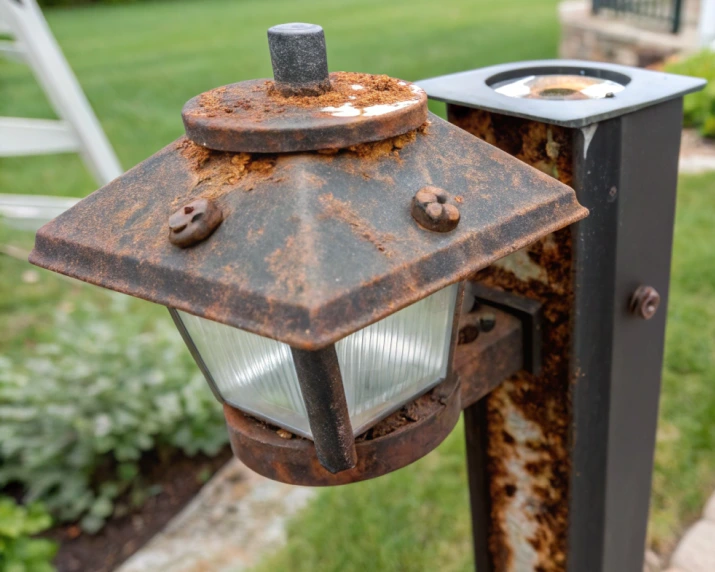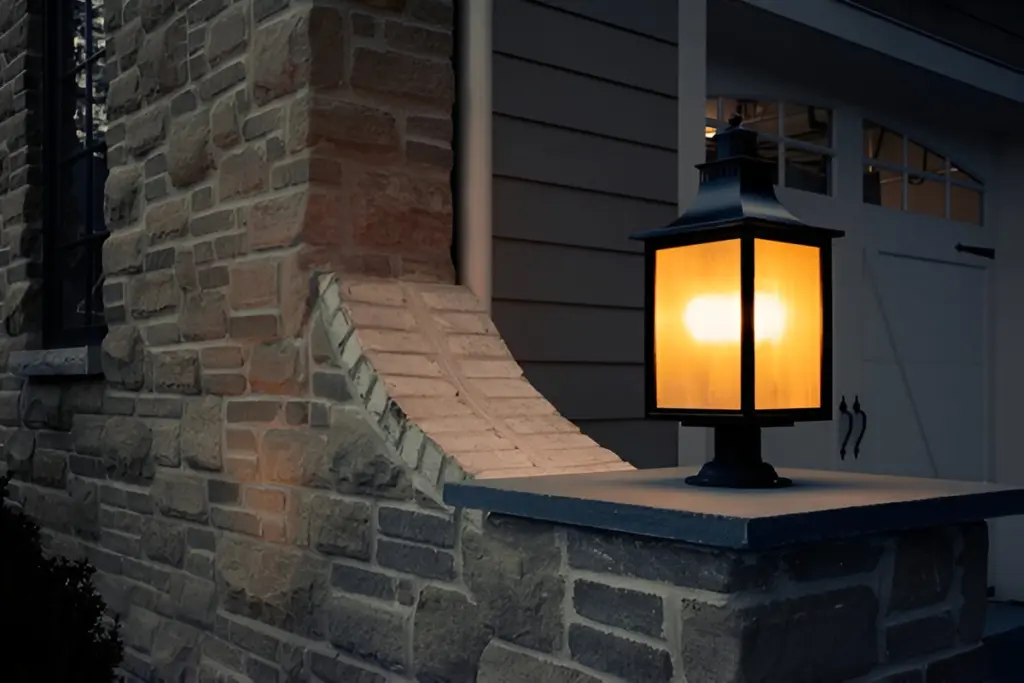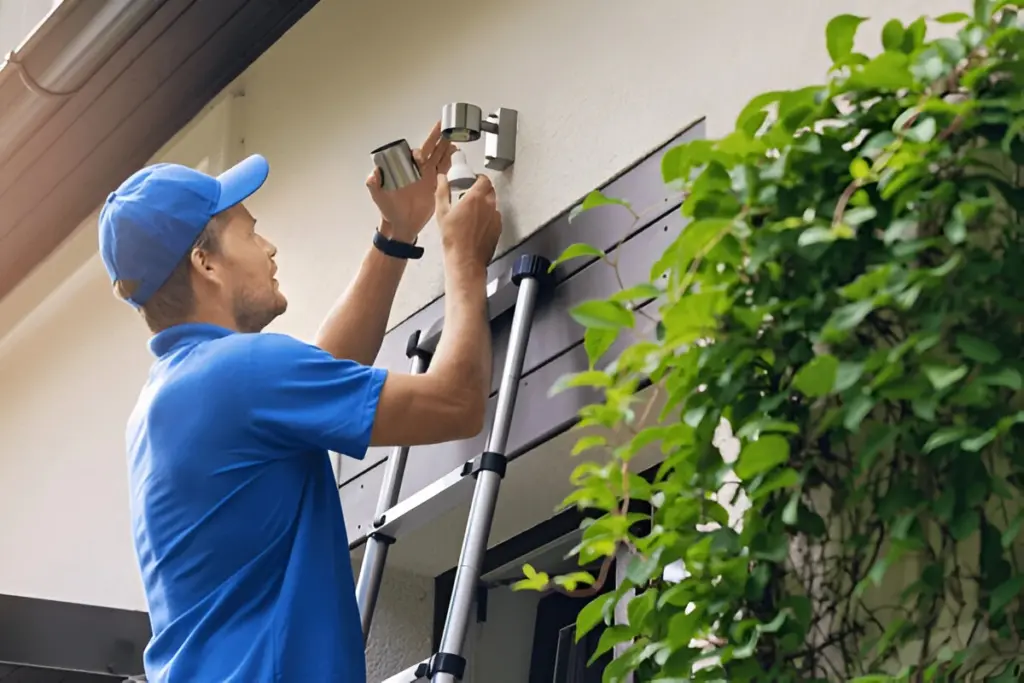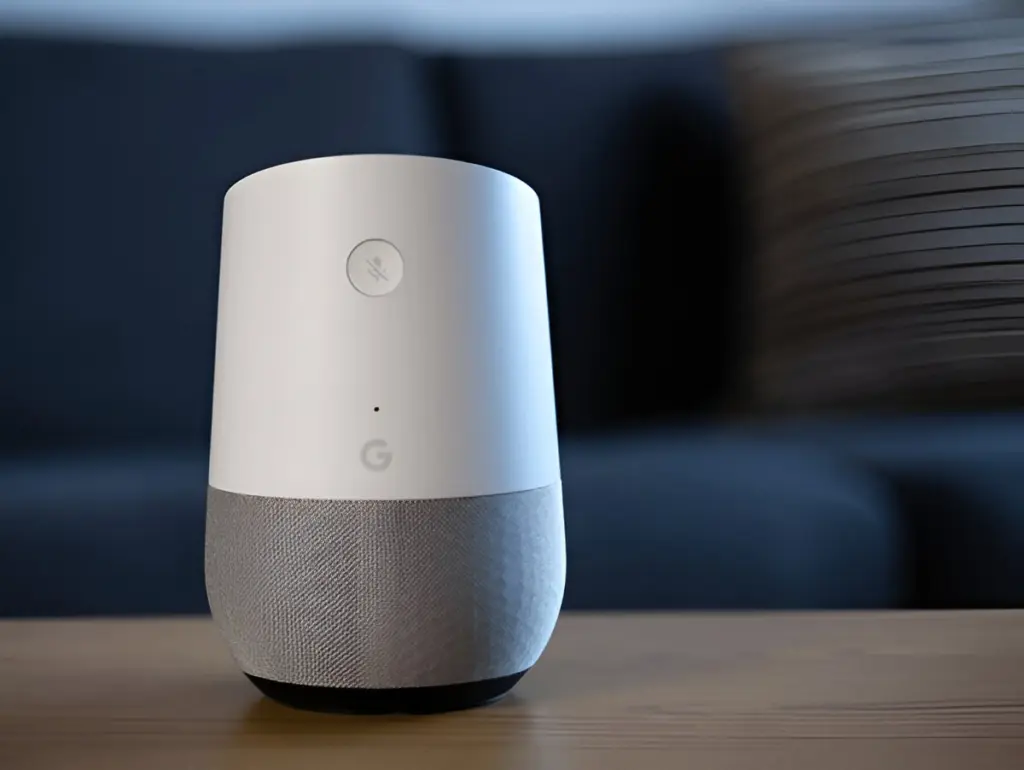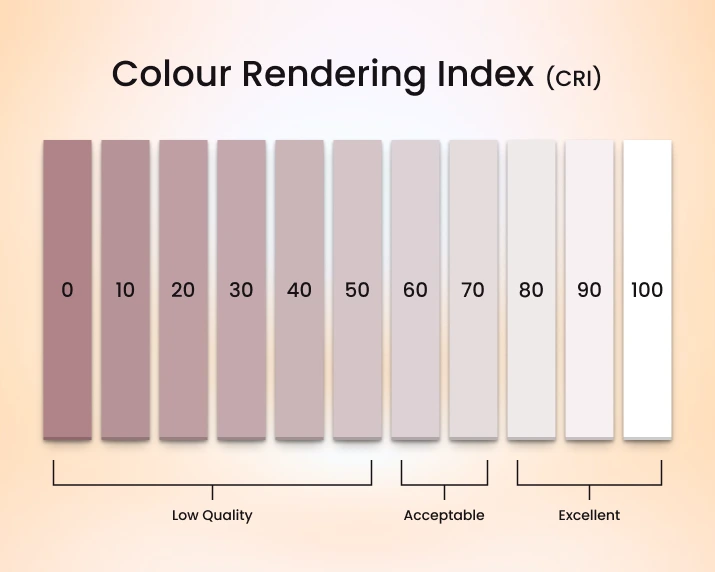Every home that looks flawless by day can feel unfinished once dusk settles. Dim entryways leave guests pausing at the threshold, shadowed paths hide the details you chose with care, and mismatched fixtures disrupt the harmony you worked so hard to create.
That gap seldom means homeowners undervalue the importance of outdoor lighting; more often, it reflects the sheer volume of choices in scale, design, brightness, and durability. One misstep in selection can upset your home’s visual flow, reduce practical use, and drive up upkeep demands.
This detailed guide walks you through each factor that truly matters. Whether you plan to refresh a front entrance line, a garden path, or drench a patio in soft glow, you’ll gain insights on how to choose an outdoor lighting fixture that complements your style, serves its setting, and stands up to seasons of use.
How to Choose an Outdoor Lighting Fixture: Top 10 Factors
#1 How to Choose an Outdoor Lighting Fixture: Style
One of the crucial aspects of choosing an outdoor lighting fixture is style. Ask yourself questions like:
- What are your reasons for outdoor lighting?
- What mood feels right on warm summer evenings?
- Which shapes match my home’s architectural lines with sharp angles or soft curves?
- Would a bold matte black finish draw attention, or does a warmer bronze suit your taste?
- How will the bulb color temperature, with soft white or cool white, affect the atmosphere?
Answering these questions helps you define a look that feels intentional and uniquely yours. Consider the following tips:
- Match fixture shape to architectural details, for example, rectangular lanterns paired with modern facades and rounded coach lights work with traditional trim.
- Select finishes that complement exterior materials, for example, aged copper for stone and brushed nickel for siding.
- Choose bulb style and color temperature for the desired atmosphere from 2700 to 3000 K for a cozy glow or 3500 to 4000 K for crisp light.
- Pick clear glass for a classic sparkle or frosted glass for a softer spread of light.
- Consider fixture mounting height and placement to highlight key features without overpowering the scene.
#2 How to Choose an Outdoor Lighting Fixture: Size
Size influences both appearance and performance when selecting an outdoor lighting fixture. Start by measuring the height from the mounting surface to the ground and the width of the zone you plan to light.
A simple rule of thumb adds the fixture’s height plus its width in inches, then uses that total in feet as a guide for mounting height. For example, a 12-inch by 8-inch sconce works about 20 inches above a railing.
Keep lumen output in mind since larger fixtures often hold multiple bulbs and smaller models may need high-output LEDs to achieve similar brightness. Consider the following tips:
- Calculate mounting height and fixture dimensions to maintain visual balance.
- Use fixture height plus fixture width in inches to determine mounting height in feet as a guideline.
- Compare lumen output rather than wattage for accurate brightness levels.
- Match bulb count and size to light coverage needs.
- Account for the beam angle to control the spread and focus of illumination.
#3 How to Choose an Outdoor Lighting Fixture: Outdoor Elements
Weather and wear demand fixtures built to last through every season. Check the IP rating for protection against moisture. Look for 44 or higher in covered spots and at least 65 when fixtures face direct rain.
Seek out metal that will not corrode, such as aluminum made for marine settings or stainless steel with a tight finish that stands up to harsh sun.
In places where salt drifts in from the sea, pick fixtures rated for coastal use and tuck all wiring inside boxes sealed against damp air heavy with salt. Use these steps to lock in lasting performance:
- Match the IP rating to your environment by choosing 44 or above for sheltered areas and 65 or above for full exposure.
- Pick materials known for rust resistance, such as aluminum designed for marine settings or heavy-gauge stainless steel.
- Opt for powder-coated surfaces that shrug off sun fade and keep color true year after year.
- Enclose every cable connection inside a weatherproof box to block moisture and salt from creeping in.
- In seaside homes, select fixtures built to coastal standards for extra defense against air that carries salt.
#4 How to Choose an Outdoor Lighting Fixture: Energy Efficiency
Lighting that shines brightly without racking up bills comes down to smart choices early on. Modern LEDs deliver more light for each watt drawn and carry on for tens of thousands of hours(far beyond old-style bulbs).
This way, you spend less on power and unexpected replacements. Look at fixture labels that spell out lumen output so you know exactly how much light you get in exchange for each watt.
Match your needs by noting how many watts an LED must draw to replace a standard bulb(10 watts might stand in for 60 watts of the old kind). Follow these guidelines for bright savings:
- Favor LED fixtures for their high lumen output per unit of power and their long service life.
- Look for the Energy Star mark to confirm a product has met strict efficiency tests.
- Compare lumen figures, not watt numbers, when picking your desired glow.
- Check wattage equivalents to see exactly how much power each fixture will draw.
- Balance brightness goals with real energy use so every evening stays bright without surprise charges.
#5 How to Choose an Outdoor Lighting Fixture: Function and Placement
Picking a fixture starts with knowing what it must do beyond simply brightening the space. Do you need lights that keep walkways safe underfoot, fixtures that add drama to columns and arches, or lamps that make entryways feel more secure?
Plotting exact locations matters just as much as choosing the right type. And no, just a normal landscape lighting design plan won’t work, as it only outlines the vision. When purpose and position are clear, select fixtures made for that role. Once you map where each light belongs and why, match fixtures to their tasks with low‑level markers for walkways, focused beams for highlights, and wall‑mounted sconces for subtle surface washes. Consider the following suggestions:
- Decide on your main aim, such as safety along paths, highlighting walls or plants, or strengthening security.
- Draw your property outline and mark each fixture location to see coverage and shadow play.
- Pick wide‑beam flood-style fixtures for broad illumination or narrow‑beam spot models to spotlight features.
- Use low posts for gentle pathway markers instead of high fixtures that blast light.
- Check beam angle specs so each lamp behaves exactly as you need.
#6 How to Choose an Outdoor Lighting Fixture: Maintenance and Longevity
A fixture that looks good today must stay bright and safe for years to come. Seek designs with access panels that open without tools so bulb swaps take seconds. Smooth bodies and flat glass shields shed dust and grime for easy wipe‑downs.
Built‑in insect screens or fully sealed housings keep spiders and moths outside where they belong. Choosing finishes that rinse clean and resist fading means enjoyment, not elbow grease, as seasons pass. Consider the following suggestions:
- Look for panels you can open by hand to replace LEDs in moments.
- Favor flat, clear glass covers that resist dirt and wipe spotless in one pass.
- Pick housing with built-in insect screens or sealed interiors to block pests.
- Select powder coat or anodized metal surfaces that wash clean and stay true over time.
- Plan routine quick checks so every bulb stays secure and every seal stays tight.
#7 How to Choose an Outdoor Lighting Fixture: Control Options and Smart Features
When you pick fixtures, think about how you plan to turn them on set schedules or change brightness. You might stick with a wall switch or add photo sensors that power lights at dusk and switch them off at dawn.
Motion detectors bring lights on only when someone walks by for added safety. Smart bulbs or smart switches let you tap your phone or speak a command to change scenes. Just double‑check that they work with your home network. Consider the following tips:
- Photo sensors that activate lights at dusk and deactivate them at dawn.
- Motion detectors that light the way only when someone approaches.
- Smart bulbs or switches that connect via Google Home for remote or voice control.
- Verify any hub requirements and communication protocols before you buy.
#8 How to Choose an Outdoor Lighting Fixture: Color Quality and Rendering
True light quality goes beyond sheer brightness. Look at the color rendering index and Kelvin temperature to make stone paint and plant colors come alive as they do in daylight.
A rating above 80 offers natural hues, and a score of 90 or more delivers nearly perfect accuracy.
Choose a warmer glow in the 2700 to 3000 Kelvin range or a crisper feel between 3500 and 4000 Kelvin.
- CRI above eighty for natural color rendition and above 90 for exceptional accuracy.
- Kelvin ratings from 2700 to 3000 for a warm, welcoming light.
- Kelvin ratings from 3500 to 4000 for a crisp modern feel.
- Consider how light reveals flower tones and brick textures.
- Match Kelvin’s values across fixtures for a unified look.
#9 How to Choose an Outdoor Lighting Fixture: Budget and Warranty Considerations
You likely know your up‑front landscape lighting installation cost, so now balance that against long‑term savings. LED fixtures cost more at purchase, yet draw far less energy and last for years, so they cut both power bills and replacement expenses.
Review warranty terms on finishes and electrical parts(3 years or more signals solid build quality). If you hire a pro factor in labor charges and explore local rebates or incentives for energy‑saving models.
- Compare the price you pay now with projected savings in power and replacements.
- Seek warranties covering finishes and electrical components for at least 3 years.
- Include installation costs, whether you choose surface-mounted fixtures or a hardwired system.
- Investigate local programs that reward energy‑efficient lighting.
Types of Outdoor Lighting Fixtures
After understanding how to choose an outdoor lighting fixture, let us explore the best types available to turn your landscape lighting ideas into a reality.
1. Wall Sconces
These lights go on the outside walls (6 to 8 feet above the ground) and shine light up, down, or both ways. If you want to highlight certain features, look for heads that can be adjusted. Where they work best:
- Entry door flanks: Make your front door safer and more noticeable.
- Along the front of the garage: Gives proper glow to the parking, besides the curb appeal.
- Porch walls: Make the space feel warm and inviting and highlight architectural details.
2. Pendant Lights
Pendants hang from the ceilings of porches or covered patios and give off focused pools of light without taking up floor space. Pick canopies and shades that can stand up to the weather and match your decor. Where they work best:
- Above outdoor dining tables: Gives you a light for meals and gatherings.
- Over grilling stations: Lights up prep areas and makes them safer.
- Front porch centers: They make a strong style statement and help you see better.
3. Lights on Posts
Post lights are mounted on strong poles that are 3 to 4 feet tall. They guide visitors along driveways and paths while adding a classic lantern look. For even coverage, put them 10 to 15 feet apart. Where they work best:
- Driveway edges: Marks where cars can go and uplift the appeal of houses.
- Garden paths: They light up foot traffic and frame the landscaping.
- Entry walk approaches: They help guests find the front door at night.
4.Path Lights
Low-profile stakes (1 to 2 feet high) that cast soft beams down to make walkways safe and welcoming. Solar options work well in areas that aren’t connected to the grid, while hard-wired models give off more light. Where they work best:
- Sidewalk edges: Keep people from tripping and help them stay on the right path.
- Garden beds: They make plants stand out and add depth.
- Steps and edges: Make walking safer and avoid risks.
5. Accent Lights and Spotlights
Small, adjustable fixtures on walls or stakes that shine narrow or wide beams on things you want to look at. You can adjust the effect with LEDs that have different beam angles. Where they work best:
- Tree uplighting: Defines shape and texture.
- Sculpture or fountain highlights: Draw attention to certain features.
- Architectural Accents: Highlights stonework, columns, or facades.
6. Floodlights
High-output lights that are mounted 8 to 12 feet off the ground and provide wide, bright coverage for security and large areas. Motion sensors save energy and turn on right away. Where they work best:
- Driveway entrances: Keep intruders out and ensure safe access.
- Backyard courts or play areas: Keeps things lit up all the time for activities.
- Wide patios or open yards: Glows up big spaces and makes them easier to see.
7. Lights for the deck and steps
These low-profile lights are built into decking boards, stair risers, or fascia to show where the levels change and the edges are. Diffused lenses cut down on glare, making it easier to see. Where they work best:
- Stair risers: Keep people from tripping and make things safer.
- Deck perimeter: Highlights where the seating area and walking path are.
- Raised platforms: Adds a little bit of atmosphere without being too much.
8. Lights for In-Ground Wells
Flush with hardscape or turf, well lights send beams of light up for dramatic uplighting without showing any hardware. Choose tempered glass and protective grilles to make things last. Where they work best:
- Tree trunks and canopies: Make beautiful shapes.
- Columns or walls: They add depth and drama to the building.
- Flagpoles and monuments: They cleanly highlight vertical features.
9. String Lights
Weatherproof strands of lights that hang down from patios, pergolas, or fences to give off a warm, festive glow. Globe or Edison-style lights can fit different moods. Where they work best:
- Pergola roofs: They highlight the outdoor room and encourage people to get together.
- Fence lines: They add charm and show where one area ends and another begins.
- Patio rafters or beams: Spread light evenly and decoratively over seating areas.
10. Lights for Water
Lights that can be put underwater or on the shore to light up water features. They give off a magical glow under the surface or highlight edges for a magical look. Where they work best:
- Pond and Pool Bottoms: Adds a shimmering look to the water below.
- Fountain basins and waterfalls: show off moving water and spray patterns.
- Along stream edges or decorative water bowls: It adds sparkle and drama.
11. Up/Downlights
Wall-mounted lights that shine light up and down, framing walls with beautiful washes of light. By cutting down on harsh shadows, they strike a balance between style and function. Where they work best:
- Along house facades: Brings out the lines and textures of the architecture.
- Entryway Walls: Adds a warm glow next to doors that go up and down.
- Fencing or boundary walls: Adds security and interest.
12. Garden Lights
Decorative fixtures are designed to blend with planting beds and landscaping. They provide soft illumination to showcase flowers, shrubs, and garden ornaments. Where they’re best:
- Flower borders and shrub rows: Gently illuminates foliage colors and textures.
- Around water features: Highlights ponds, fountains, or birdbaths.
- Rock gardens or planters: Lights add depth without overpowering plantings.
13. Bollard Lights
Sturdy, post-like fixtures standing 2-4 feet tall that cast light in all directions or downwards. They combine modern aesthetics with practical path lighting. Where they’re best:
- Walkway centers: Offer continuous guidance along paths.
- Driveway medians: Lights mark edges without glare on vehicles.
- Entrance plazas or courtyards: Define open areas with uniform light.
Conclusion
Understanding how to choose an outdoor lighting fixture comes down to more than picking shapes or finishes. It requires a clear look at placement, function, lighting quality, weather resistance, and maintenance.
When each factor is considered with purpose, the result is a lighting setup that improves safety, adds comfort, and creates a well-lit environment. To make sure your selections are installed with care and precision, work with professionals who understand the technical demands and visual impact of well-planned lighting.
At Elevated Seasons, we shape environments that feel intentional and beautifully lit. Contact us today to upgrade your exterior with clarity and confidence. Our expert outdoor lighting services are designed to deliver lasting results with precision and care.


